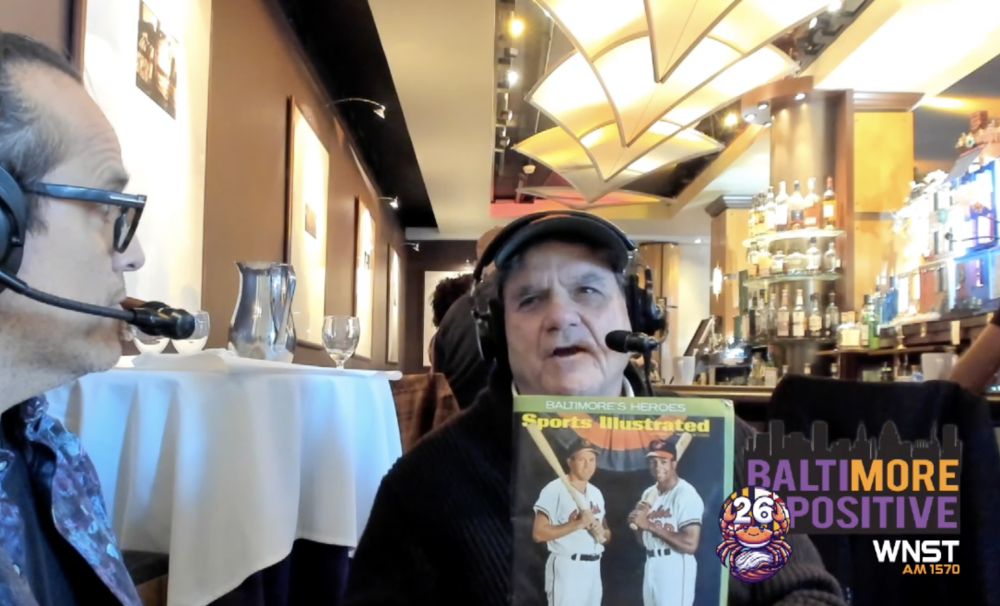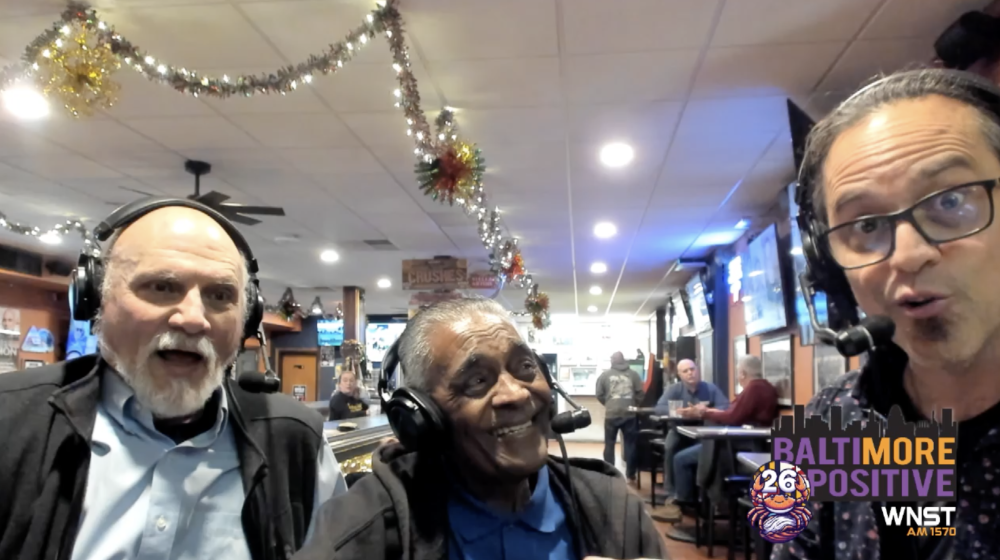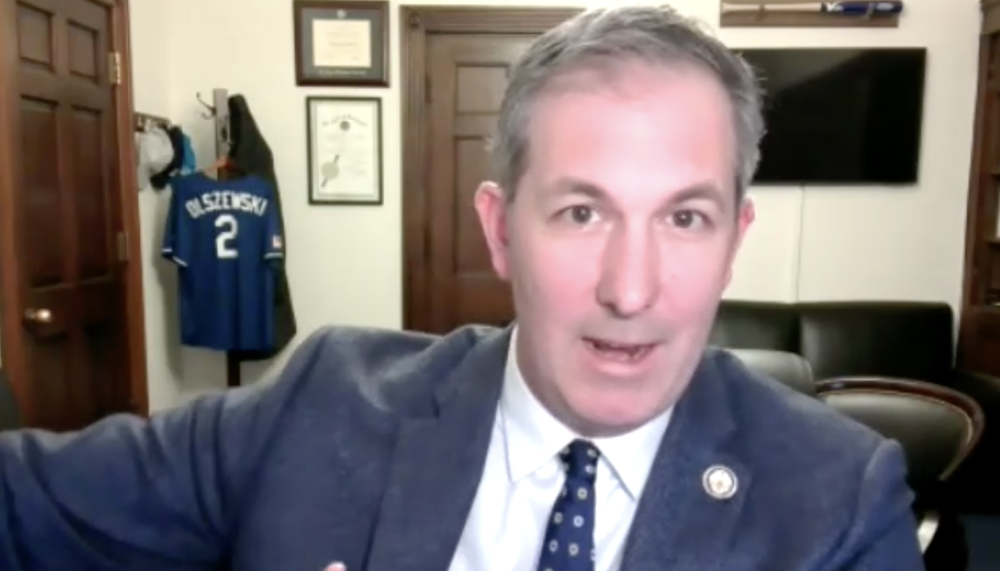Even though the on-field aspect of a lengthy rebuilding effort was halted in March, general manager Mike Elias and the Orioles have remained busy preparing for this week’s unprecedented amateur draft.
With the 2020 draft shortened to just five rounds and the Orioles having only six picks at their disposal in the midst of the coronavirus pandemic, Elias said Monday that no decision has been made on the second overall pick with the organization still “actively discussing” five candidates. Detroit is almost universally expected to draft Arizona State first baseman Spencer Torkelson with the first overall pick while many mock drafts have projected the Orioles to select Vanderbilt infielder Austin Martin at No. 2.
Other players regarded as potential top five picks include Texas A&M left-handed pitcher Asa Lacy, Florida high school outfielder Zac Veen, Georgia right-hander Emerson Hancock, and New Mexico State infielder Nick Gonzales.
Evaluators love Martin’s exit velocity and contact rates and view him as a polished hitting prospect and a good athlete, but there are some questions about where he’ll end up defensively. After not taking a pitcher until the eighth round in his first draft as Orioles general manager last year, Elias downplayed any thoughts of prioritizing positional need early.
“We have not made up our mind about our top two players on the board in preparation for the second pick,” said Elias, who continues to collect medical information and to gain a better sense of prospects’ financial demands. “We have choices that we like, and we’re trying to pick between players that we like. That’s a good thing and the most important thing, but we have not made a decision as to how we’re going to finalize that grouping, and we may not until the day of the draft.”
Baltimore also holds the first competitive balance pick at the conclusion of the first round, which has prompted speculation about Elias drafting under slot with the second pick and using those bonus savings for that 30th overall selection as well as the club’s second-round choice at 39th. It’s all about “trying to make the best investment that we can” in the second-year general manager’s words.
The Orioles selected catcher Adley Rutschman first overall last season, only the second time the club has owned the top selection in the amateur draft. Their draft pool is $13,894,300, the most among all teams this year.
“I think the short draft will constrain your ability to spread bonus pool money around — or at least the opportunity to do so,” Elias said. “If a team does sign their first pick for less than slot, they’re going to be under more pressure to apply that savings in the first few rounds. Whereas in a normal draft, you could sign one player with all of that money with an early pick, [and] you can kind of spread it out through the rest of the draft.
“We feel it’s important if you’re taking a guy with a high pick that he’s your favorite guy.”
Despite the remainder of the college baseball season being canceled in March and many high school seasons never taking place this spring, Elias has no major complaints about a unique pre-draft process that’s still gone “very smoothly” for the Orioles. Of course, scouts have been forced to rely heavily on past video with no games to attend, but technology has eased concerns that would have been a much bigger reality even 10 years ago.
The challenges stemming from the pandemic are expected to slant this draft more toward college talent, especially after the opening round. The absence of in-person work has been challenging, but it’s prompted the organization to innovate.
“Our analytics team did a great job of building a virtual draft board very quickly, and it’s really nice,” Elias said. “We can drag magnets around. Everyone can see it on their computer screen. It’s really easy to use. You can click through and have all of the player info and video that you want right there. Honestly, I think it’s something that we’re going to keep using. We may be done with physical magnets even when we get back to normal.
“It has been a little more tiring for all of us to conduct these meetings over the phone and over video. Usually, a draft room is a really energetic, fun experience, and we’re not getting that this year, which is a shame. But it hasn’t stopped us from being productive at all.”
Pessimism persists about the resumption of the 2020 season with MLB’s latest financial proposal not being received favorably by players still expecting the full prorated pay agreed upon by the sides in late March, but Elias remained positive when asked about his current concern level. What happens with the players drafted later this week and the many minor-league prospects missing out on critical seasoning remains to be seen.
“I think we’re going to play,” said Elias about the 2020 major league season. “I don’t know what the length and structure is going to be. That’s really hard to predict right now with the discussions that are ongoing. But I’m very confident we’re going to play.”


























